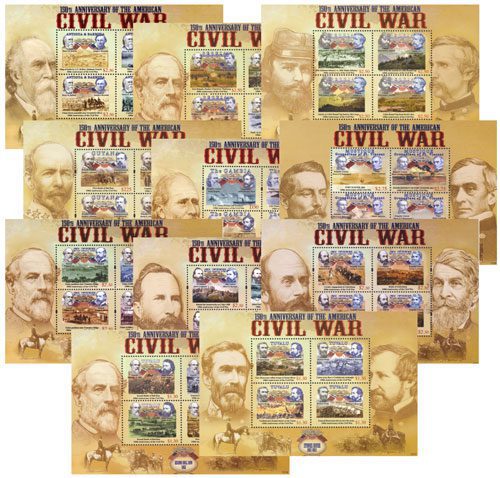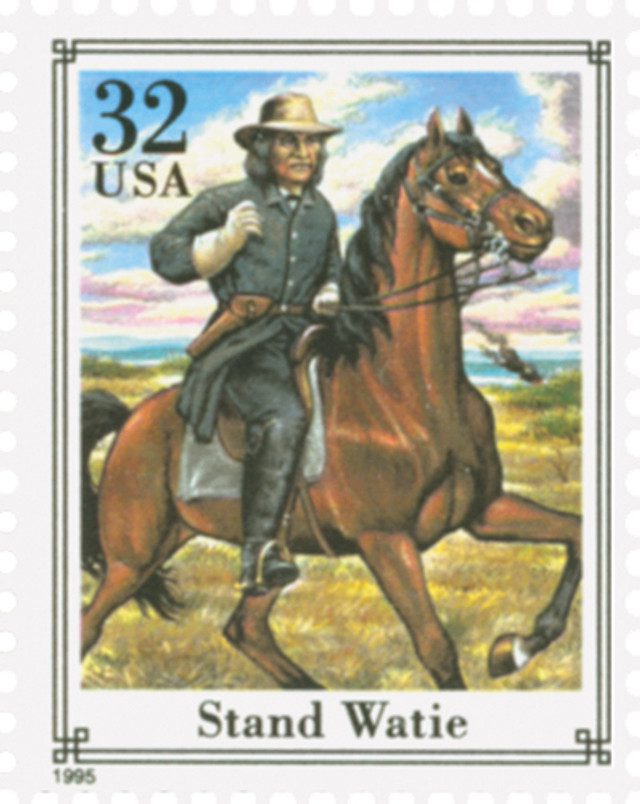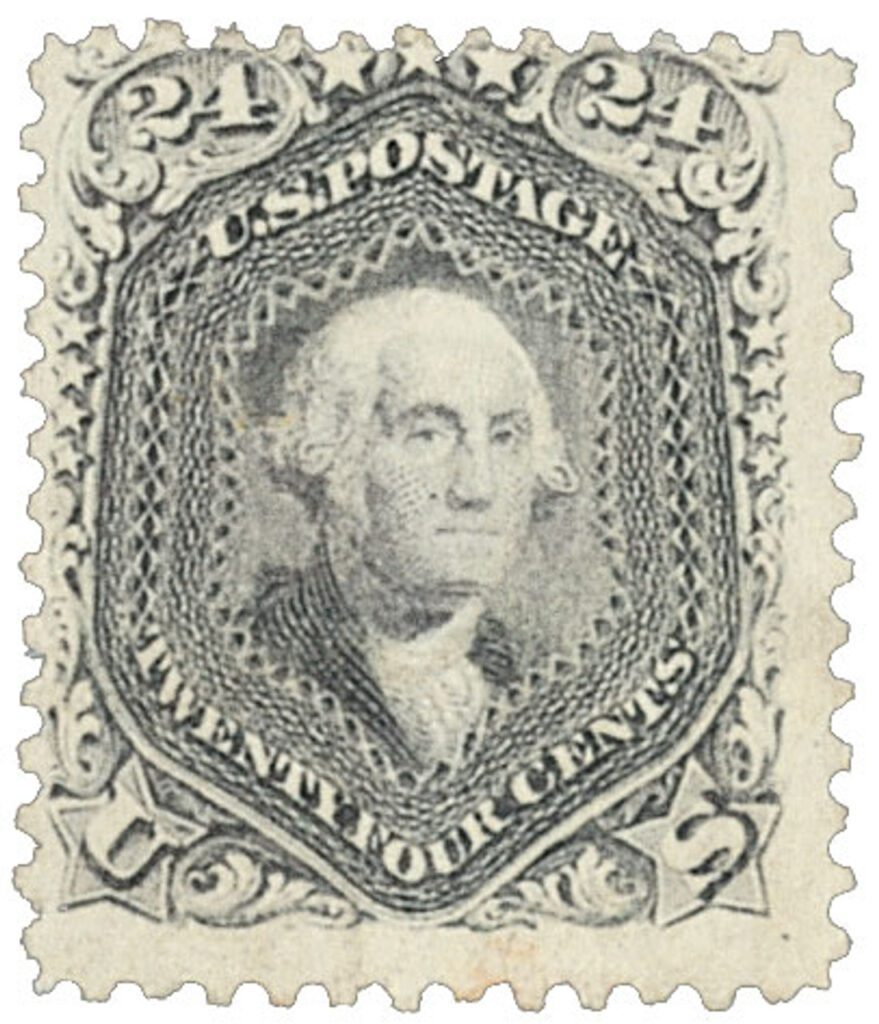On March 6, 1862, the largest fight in the Trans-Mississippi Theater, the Battle of Pea Ridge, began.
The Union Army of the Southwest had pushed the Confederates out of Missouri and were pursuing them into Arkansas in early 1862. Major General Earl Van Dorn had recently taken command of the Southern Army of the West and was determined to regain lost ground. In a letter to his wife, he wrote of his goals saying, “I must have St. Louis.”
Van Dorn was given the opportunity to destroy the much smaller Union Army when Brigadier General Samuel Curtis positioned his men near Pea Ridge in northern Arkansas. Van Dorn’s plan was to march around the enemy and attack their rear from the North, cutting off their supply route and communications. The Union would be forced to retreat to Missouri or be destroyed.
General Van Dorn split his forces into two divisions, which would travel along either side of Pea Ridge and attack the Union on two fronts. He instructed his soldiers to take rations for three days, forty rounds of ammunition, and a blanket. The supply trains would carry ammunition for the cannon and an additional day’s rations. The Army of the West headed out for a hard three-day march in a freezing storm and arrived near the Union position on March 6, 1862. That night, Van Dorn ordered an attack on the Union line at Elkhorn Tavern, and they succeeded in pushing the Union forces back and cutting the Union lines of communication before the night was out.

Van Dorn put Brigadier General Benjamin McCulloch in charge of the divisions that turned east to meet the Union Army. The Northern forces detected their movements and were ready for them. The two sides met in the small town of Leetown.
Union cavalry units attacked in order to buy some time for the Union infantry to organize. The much larger Confederate force overwhelmed the small force and captured their artillery. By that time, the Federal artillery line was in place and began firing on the Rebel troops.

General McCulloch rode forward to scout the enemy’s position and was killed by enemy fire. Brigadier General James McIntosh took command, but he soon met the same fate. The next in the chain of command was Colonel Louis Hébert. The other units pulled back from the attack and awaited orders from Hébert. He did not realize his superiors were dead and that he was in command.
Hébert led his division in an attack from the left and overtook the Union’s Third Division, led by Colonel Jefferson C. Davis (no relation to the Confederate president). The Confederate troops were eventually surrounded on three sides and retreated in confusion. Hébert and his men got lost in the battle’s smoke and were captured. Some of the troops were left on the field, others returned to camp, while the rest connected with the other division of the Confederate Army.
While a portion of each army was occupied in Leetown, the rest were fighting to the north at Elkhorn Tavern. The Confederate force was considerably larger than their opponents, but the Union held a stronger defensive position on top of Pea Ridge.
The morning began with the sound of artillery fire. The Southern guns outnumbered the Federal cannon and cleared the way for an infantry advance. General Sterling Price led the attack up the hill and was met by Colonel Eugene Carr and his regiment. In spite of gaining reinforcements, the Union was still outnumbered and was forced back up the hill. Carr was wounded three times but continued to lead his men in the field.
The Confederates were gaining ground when the Union began a short counterattack at 6:30 p.m. The Northern soldiers were soon called back because of darkness.
Preparations for the next day’s battle took place that night. The Union forces consolidated near Elkhorn Tavern, and Curtis made sure his men were fed, resupplied with ammunition, and rested during the night. Van Dorn was joined by the remainder of the forces that had fought at Leetown but went without food or additional ammunition because the supply wagons had been mistakenly sent back to camp.
The sound of cannon fire again greeted the dawn. This time the Union had more artillery. The Confederate gunners were forced back, and the Federal guns were turned toward the surrounding woods. Splinters from the trees and rocks from the surrounding mountainside added to the deadly barrage of cannonballs.
The Union attacked the Confederates from many sides. By about 9:30 a.m., Van Dorn realized his supply train had gone in the opposite direction from the battle and he had no hope of victory. The Army of the West began a rapid and disorganized retreat. They escaped capture but had missed the opportunity to overcome a much smaller Union force.
The Federal victory at Pea Ridge ensured that Missouri would remain a part of the Union. Northern Arkansas also remained under Union control. Brigadier General Curtis hoped to capture Little Rock, Arkansas, but the town proved to be too far from supply lines and well protected by guerrilla fighters. He seized Helena though, a few months later.
Many of the Confederate troops deserted during the retreat. Those from Missouri returned home, the Native Americans vanished into the woods, and other soldiers sought refuge in Arkansas. Van Dorn was disheartened from the loss and transferred his remaining forces east of the Mississippi River to support the Army of Tennessee.
Discover what else happened on This Day in History.





Interesting to note that; the only winners and designers of the American Civil War were the Rothschild banking empire – best described today as the Rothschild Khazarian Mafia who control over 2/3rds of the global GDP (Gross Domestic Product, which is generally used to estimate a nation’s wealth.)
Another note of historical interest; Alexander Hamilton, leader of the Federalist Party, representing “monied interests” was a (suspect) Rothschild agent due to frequent clandestine ventures to the Caribbean to report to the Rothschilds’. It’s also a fact that Hamilton, who orchestrated America’s only “Constitutional Convention” (1787) and where 6 or 7 original delegates walked out in disgust of an act of treason, was instrumental in destroying our original Constitution that had served this young country well. Known as; The Articles of Confederation for a Perpetual Union.
Written into the AoC (for short) guaranteed that the valuation and printing of America’s money could not fall into the hands of foreign banking interests. This was done while Jefferson and Adams were in Europe on business of State. And thus, the Constitution we have today has incrementally allowed the takeover of America.
Famous Rothschild quote:
“Give me control of a nation’s money and I care not what that nation does.”
I apologize, I cannot recall this Rothschild’s first name or accuracy of this quote but on record is his wife’s quote:
“If my sons (there were 5) did not want war, there wouldn’t be war.”
Mafia, really! Pedal your crap somewhere else.
Very interesting.
Sounds like the usual suspects are being blamed for the Civil War. Always back to some monied interest who controls the strings of nations. I guess all the books by historians and other scholars written on this conflict missed this salient point.
The neat thing about conspiracy theories (and I speak as a professional historian) is that the holders of said theories maintain that the total absence of valid evidence to support the conspiracy is proof of the conspiracy’ validity. No, respectable historians have not missed this figment of someone’s rather vivid imagination. They just chose to deal with facts. How boring!
Sorry, left unsaid is another well deserved tip of the hat to Mystic for another interesting and enlightening article. Reading these pieces is always a highlight of my day!
One of those battles of the war that I had never heard of. I appreciate the information. Goes to show you how important good communication was and still is in a battle situation. Can you imagine what Van Dorn would have said to his supply wagon officer had he been in possession of a PRC-25 or a similar radio? There was also a big disconnect between Lee and Jeb Stewart at Gettysburg, that was key to the way the battle evolved. Great historical work, Nystic!
Great article, Mystic. Sorry to see the vapid conspiracy commentary.